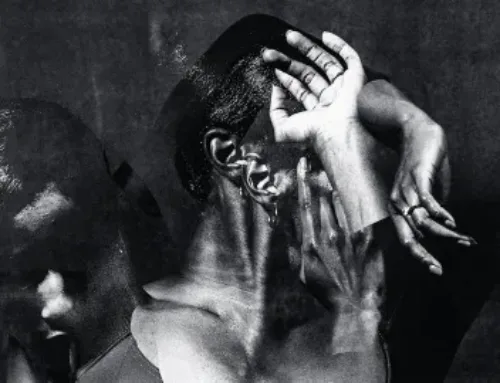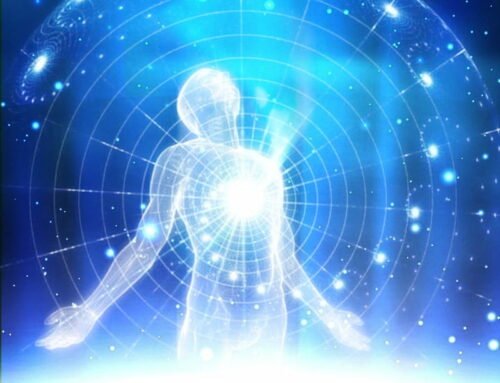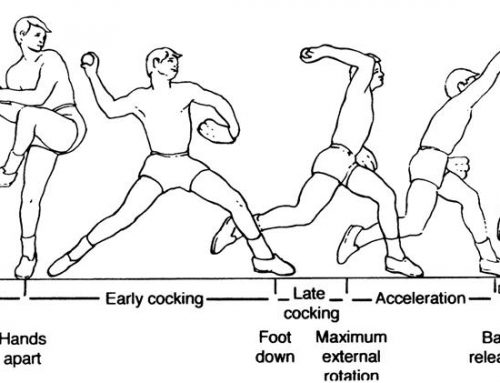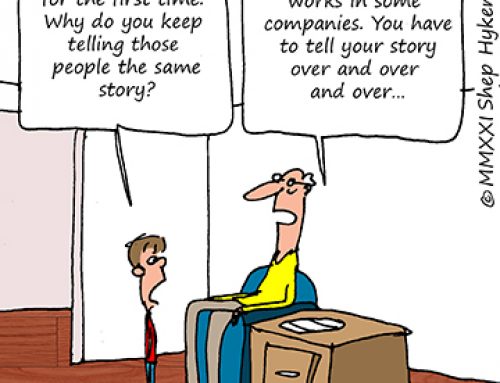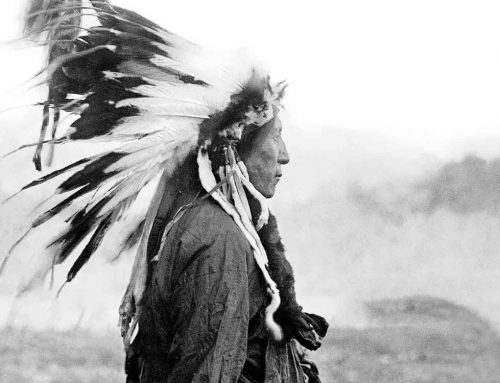First thing to remember, having a flexible able body will give you longevity in life. Having a flexible mind will help you look at many points of view, giving you more empathy and compassion for others. Whether you are a weekend warrior athlete, a grandparent lifting the children or an office worker. We will all benefit from more mobility in around the joints and across the body. Without adequate movement and stretching in life we will naturally build less muscle imbalances and poor posture.
Look at elderly people in retirement homes. Their bodies connective tissues and fascia will adapt to where they have to reach and go. Form will always follow function. Many injuries occur when we participate in movements that require more flexibility than we actually have. It’s like looking at a bicycle wheel with crooked spokes. We can change the outside rim and tyre as many times as we want, but unless we do the internal work the problem will re occur. Many clients will commonly make the same mistake of stretching whatever is already stretched and not look at the tighter more restricted areas of the body. Stretching is an ancient form of movement which has been done by many civilisations beforehand including animals as well as humans. If you have any doubt, carefully watch any animal and you’ll often see them stretch after resting. This is known as pandiculation.
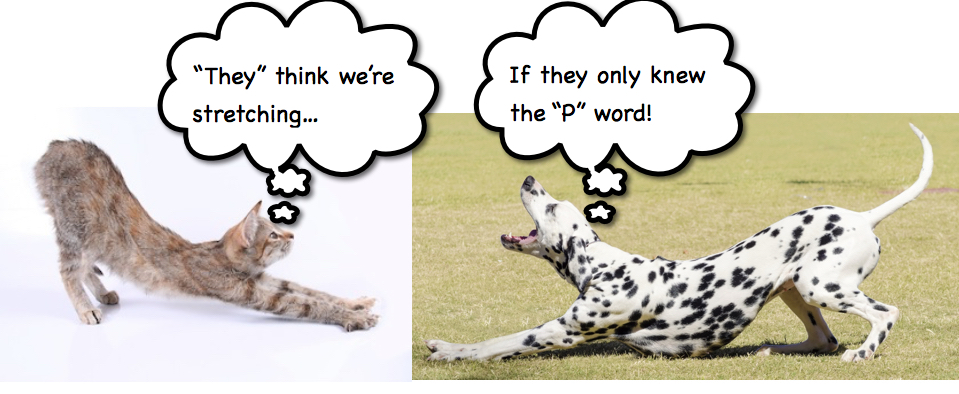
There are many factors that affect our mobility and the amount of stretch or pandiculation you may have in a given area. One main one being the central nervous system. Matt Walldens, Ghost in the machine research paper shows how allostatic load must be considered for everything in everyone.
As a base line point to remember, mobility starts in the joints and is dependent on bone shape, shaft of bone, shape of bones, the depth of the joint. The second point is the surrounding connective tissue. Paul Grilley a yin yoga teacher made a great post of this by showing pelvis shape, placing of acetabulum more to the side than the front, shaft of femurs, neck of femurs to name but a few.
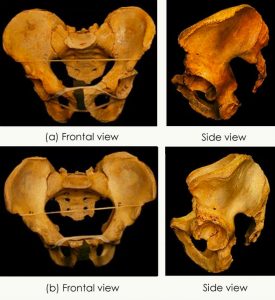
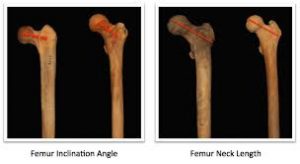

Beighton scale is something that I use with clients regularly. Although I trained as a dancer and am a qualified a yoga and Pilates teachers I still do not even score on the Beighton scale. It’s not in my bone shape, acetabulum depth or genetic bone structure. I have improved my flexibility no end through the years but will never do the splits or certain pilates or yoga positions that many teachers tell me will come.

If you lack normal or optimal flexibility in any area of the body and want to balance your body for injury prevention and/or pain reduction, stretch or pendiculate at night as close to bedtime as possible. Why? Your body does most of its tissue healing at night, so if you lengthen tight muscles before bed, they will heal in a lengthened state, progressively balancing your body.
However, if you want to stretch to improve energy levels (chi flow), you can experience a favourable response whenever you are tired. I prefer stretching to improve chi flow first thing in the morning because it helps me feel better in my body and improves mental clarity. Such an example would be dynamic flowing Pilates or yogic sun salutations.
No matter when you stretch, you’ll find that your results are best if your body is warm. A skin temperature that causes a light sweat is just right.
Do you need help improving your flexibility?? Call for your free phone consult 0800-246-1251
Bibliography
Paul Chek Articles
Scientific stretching – Paul Chek


